What is SCADA System?
SCADA (Supervisory Control And Data Acquisition) is a computer system used for monitoring and controlling technological or production processes. Its main functions include:
 Collecting real-time data (measurements) from measurement and executive devices such as PLC controllers, I/O modules, sensors, meters, etc.
Collecting real-time data (measurements) from measurement and executive devices such as PLC controllers, I/O modules, sensors, meters, etc.- Visualizing data in the form of schematics, charts, tables, alarms, etc.
- Controlling the process by setting parameters, turning devices on and off, operating the process manually or in emergency mode, etc.
- Archiving historical data and generating reports.
SCADA is a supervisory system in relation to remote terminal units (RTUs) that collect information about the status of technical devices and transmit it to the central SCADA system. They also accept commands from the central system and act on devices accordingly. SCADA can integrate multiple PLC controllers and support various communication protocols.
Why is SCADA essential for solar and wind farms?
Solar and wind farms are crucial sources of renewable energy that are becoming increasingly popular and profitable. However, to effectively manage and maintain such farms, it is necessary to monitor the areas where they are located and the parameters of the devices. This is precisely what the SCADA system does, providing the following benefits:
Improved safety and reliability
SCADA detects and alerts about any abnormalities such as intrusions, fires, equipment damage, exceeding alarm thresholds, etc. This allows for quick response and prevention of greater damage. Additionally, SCADA documents all events and provides evidence in case of insurance claims or legal investigations.
Optimization of performance and efficiency
SCADA enables remote control of the energy production process by adjusting device parameters to weather conditions and energy demand. This increases the utilization of installed capacity, reduces losses and operating costs, and improves the quality of energy supplied to the grid.
Read also: SCADA System on a Large-Scale PV Farm | Electrum Case Study
Data collection and analysis
SCADA collects and stores data from the energy production process, such as power, voltage, current, temperature, humidity, wind, insolation, etc. This allows for the creation of statistics, charts, trends, forecasts, energy balances, etc. This data can be used to assess the technical condition of devices, plan maintenance, optimize operating parameters, as well as for reporting and energy production accounting.
Read more:
Solar energy monitoring | What You Need to Know?
Wind farm maintenance: Innovations and challenges in operation
How to choose the right SCADA system for a solar or wind farm?
The choice of a SCADA system for a solar or wind farm depends on many factors, such as:
 Scale and type of the farm
Scale and type of the farm
Depending on the number and type of devices to be monitored and controlled, the appropriate number and type of RTUs should be selected, as well as the appropriate communication protocol. Additionally, the distance between devices and the SCADA system, as well as the availability and reliability of communication, should be considered.
Functionality and flexibility of the system
The SCADA system should be able to meet all user requirements and expectations, such as remote device control and configuration, alarm and notification generation, report and summary creation, integration with other systems such as ERP, CRM, GIS, etc. Additionally, the SCADA system should be user-friendly, scalable, and flexible to adapt to changing needs and conditions.
Cost and profitability of the system
The SCADA system is an investment that should pay off within a specified period. Therefore, the costs of purchasing, installing, maintaining, and operating the system should be carefully analyzed and compared with potential benefits.
Discover EMACS – a system combining the advantages of SCADA and business analytics systems:
EMACS
SCADA is a computer system that forms the heart of modern solar and wind farm monitoring.
With SCADA, it is possible to collect, visualize, control, and archive data from the energy production process. SCADA ensures improvement in the safety, performance, and efficiency of farms, as well as enables data analysis and reporting. The choice of the right SCADA system for a farm depends on various factors such as the scale and type of farm, the functionality and flexibility of the system, and the cost and profitability of the system.
Read also: SCADA systems in energy source management
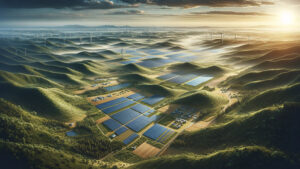 Where does the sun shine brightest?
Where does the sun shine brightest? Summary – the sun, our green ally
Summary – the sun, our green ally
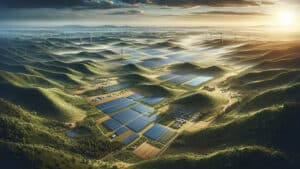
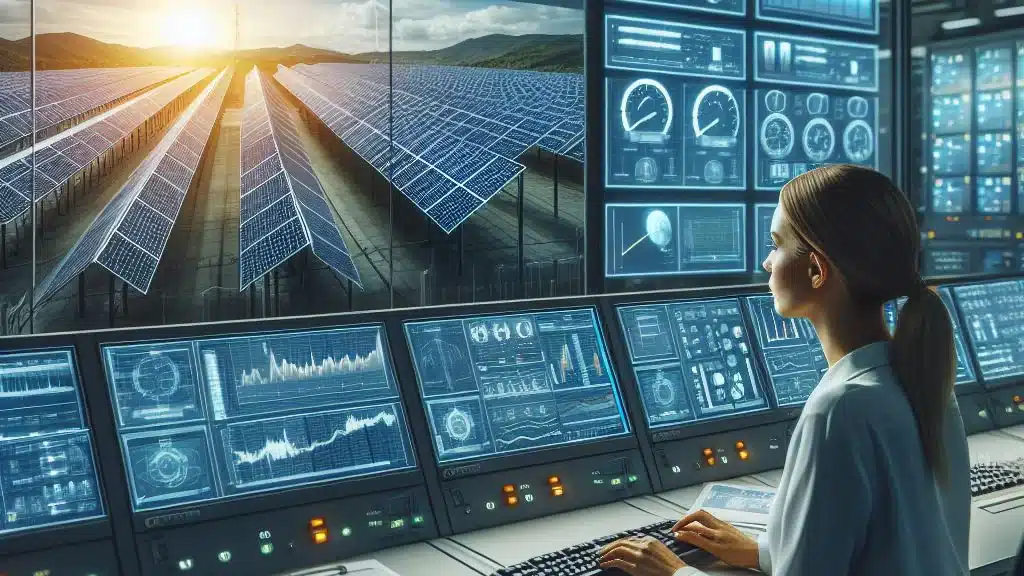
 Collecting real-time data (measurements) from measurement and executive devices such as PLC controllers, I/O modules, sensors, meters, etc.
Collecting real-time data (measurements) from measurement and executive devices such as PLC controllers, I/O modules, sensors, meters, etc. Scale and type of the farm
Scale and type of the farm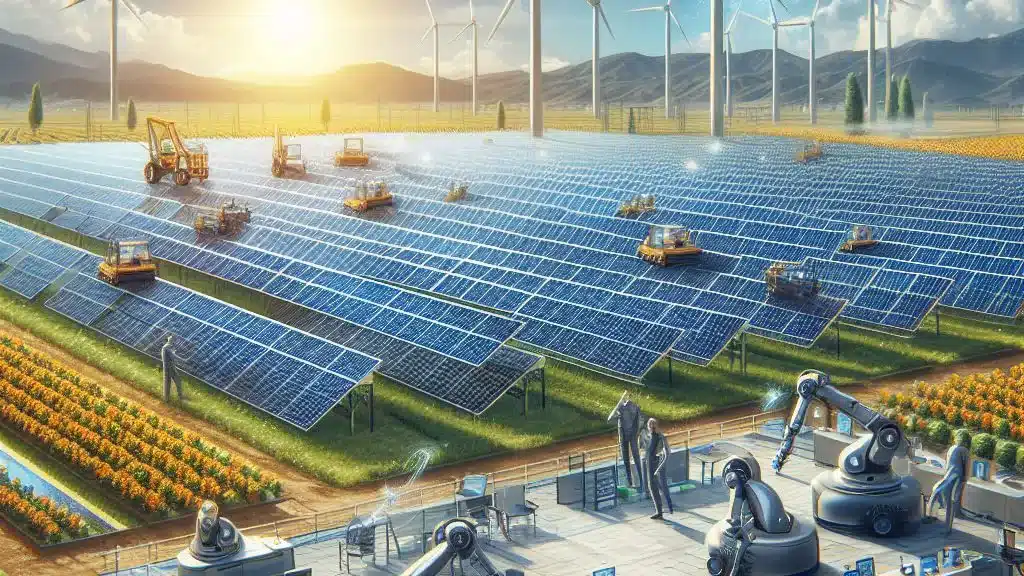
 Photovoltaic (PV) panels are one of the most popular and efficient ways to harness solar energy for electricity production. However, to ensure their optimal performance and lifespan, regular and professional maintenance is necessary. In this post, we will present innovations in PV panel maintenance that can increase efficiency, reduce costs, and decrease the risk of photovoltaic system failures. We will also show how these innovations can impact the development of the renewable energy industry and accelerate the energy transition.
Photovoltaic (PV) panels are one of the most popular and efficient ways to harness solar energy for electricity production. However, to ensure their optimal performance and lifespan, regular and professional maintenance is necessary. In this post, we will present innovations in PV panel maintenance that can increase efficiency, reduce costs, and decrease the risk of photovoltaic system failures. We will also show how these innovations can impact the development of the renewable energy industry and accelerate the energy transition.
 Increase the efficiency and profitability of photovoltaic systems.
Increase the efficiency and profitability of photovoltaic systems.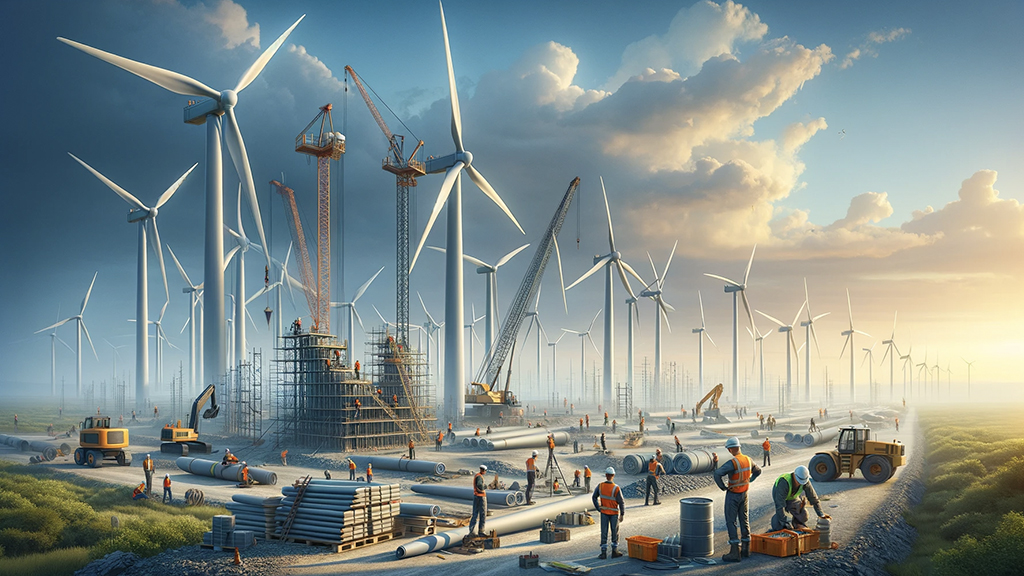
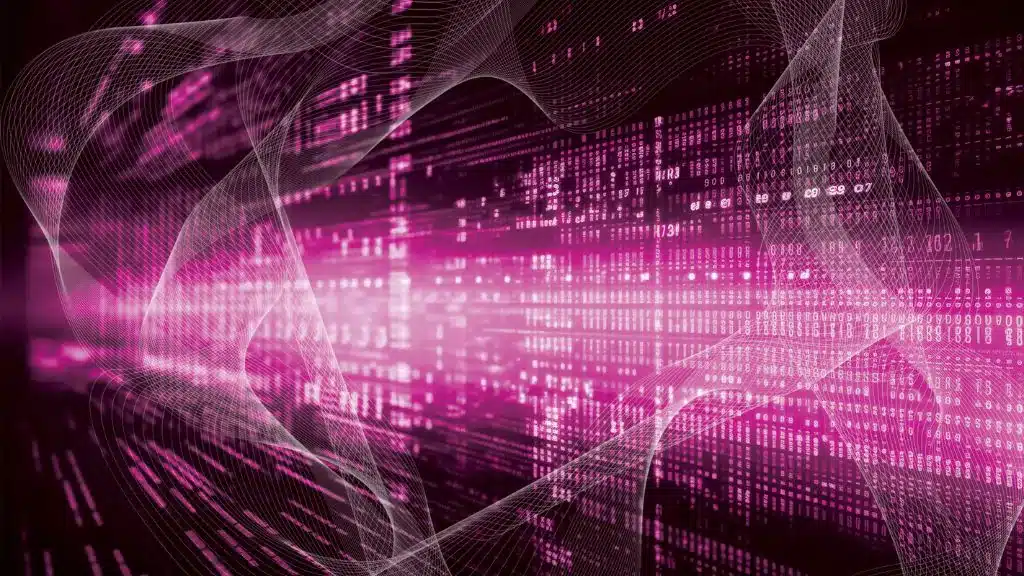
 World-Class Teleflex® Locator
World-Class Teleflex® Locator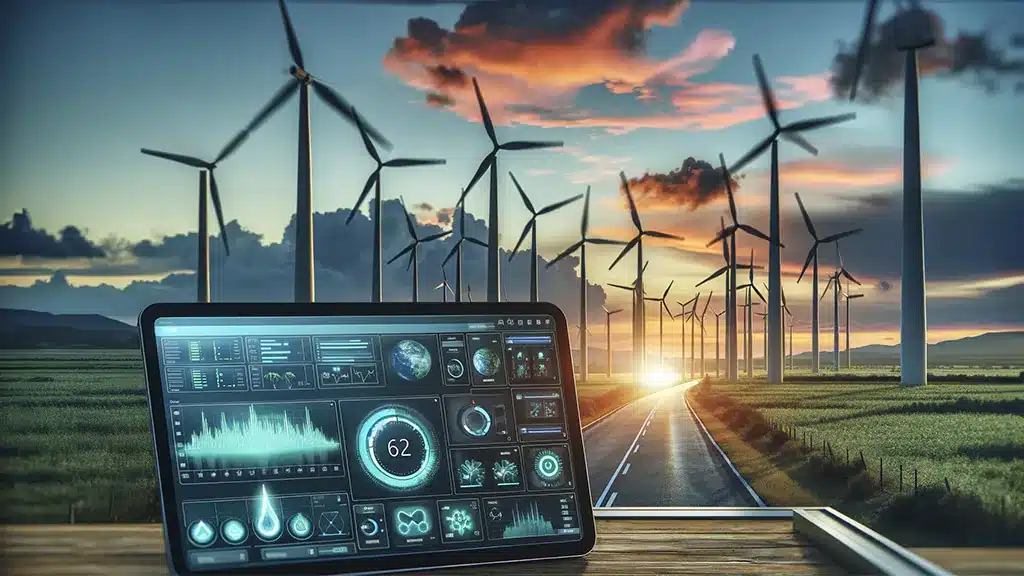
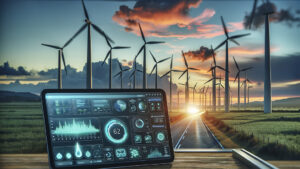
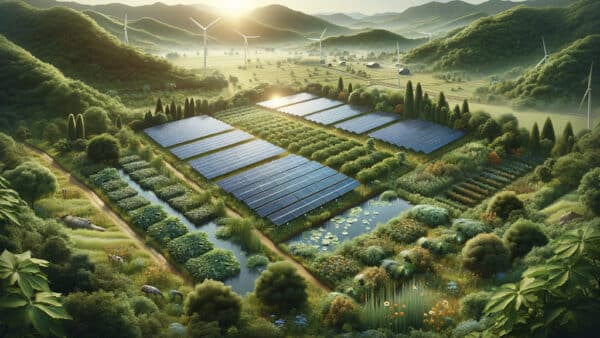
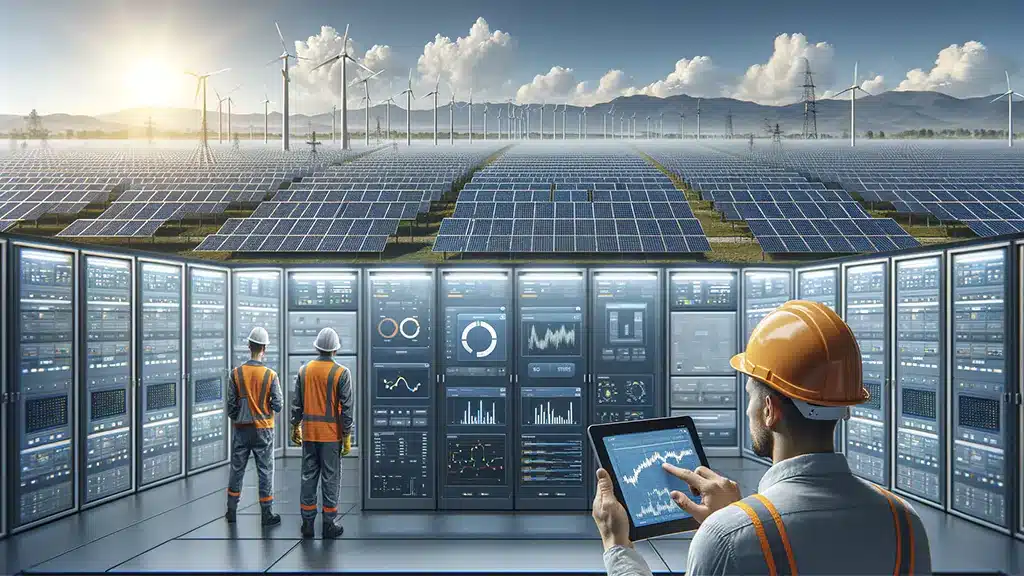
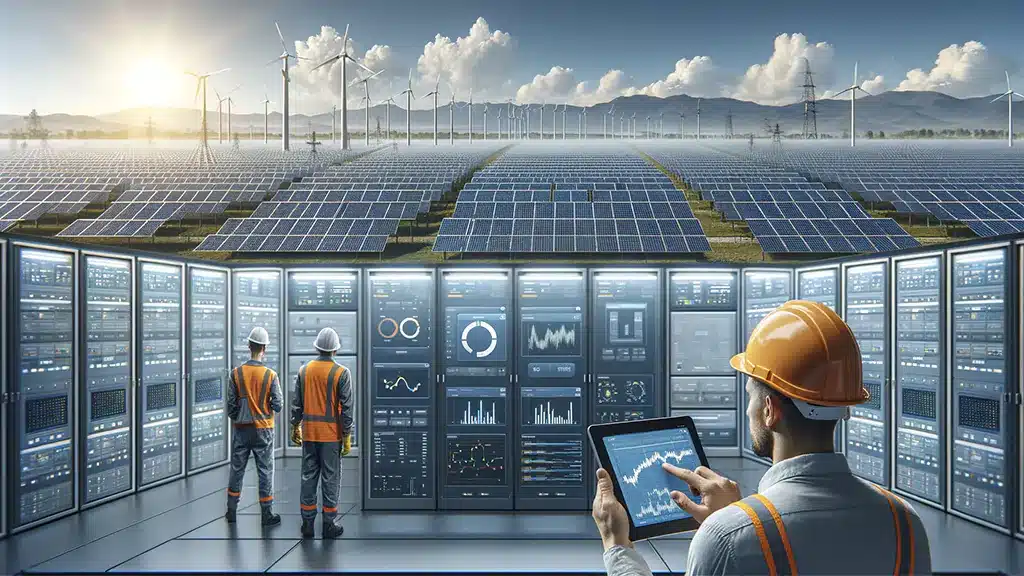
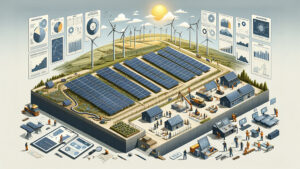 Monitoring: The Eyes and Ears of the Farm
Monitoring: The Eyes and Ears of the Farm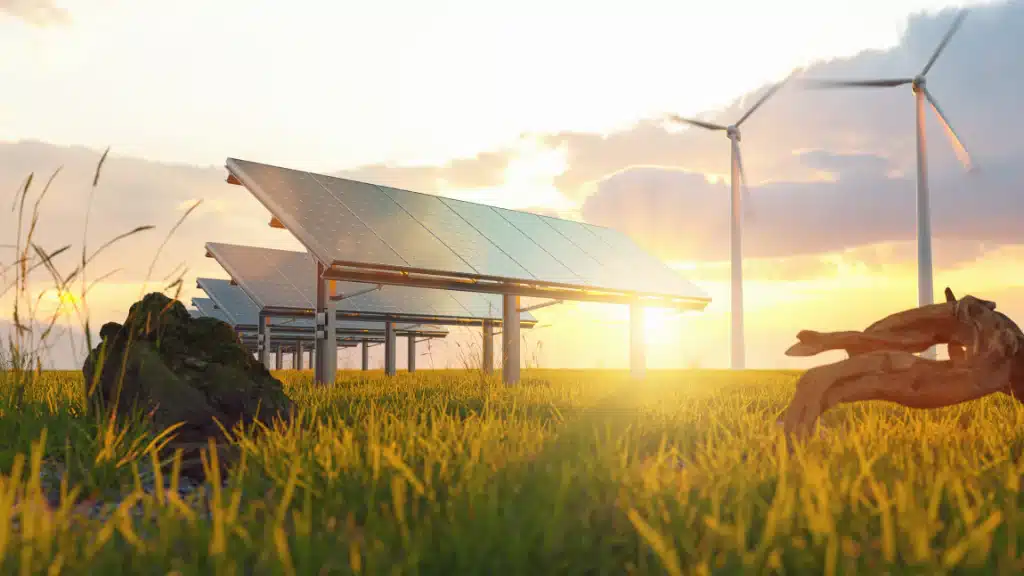


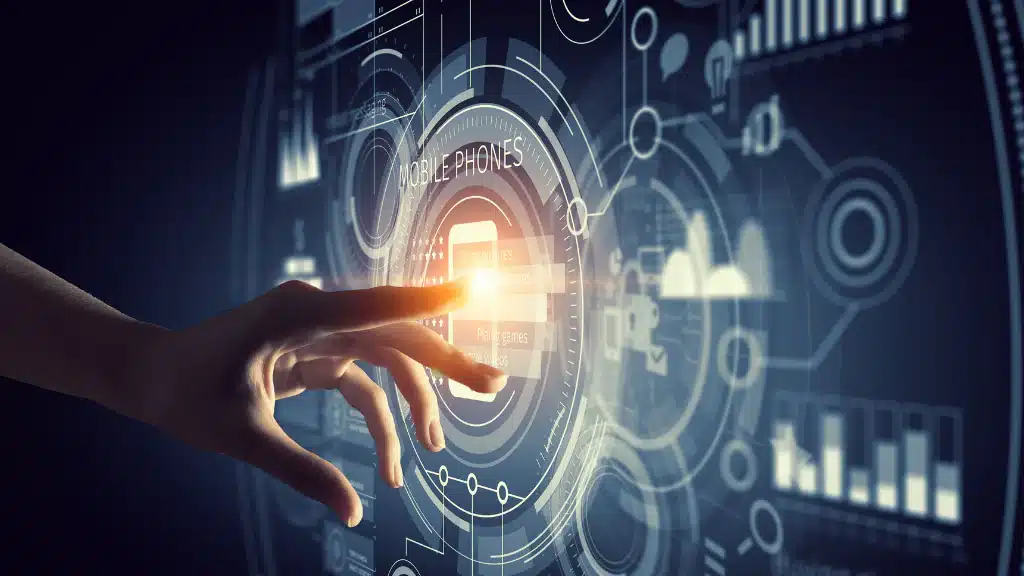
 With SCADA systems, managing wind and photovoltaic farms becomes easier and more efficient. SCADA systems allow the remote monitoring and control of various energy sources, enabling rapid response to failures and optimization of performance.
With SCADA systems, managing wind and photovoltaic farms becomes easier and more efficient. SCADA systems allow the remote monitoring and control of various energy sources, enabling rapid response to failures and optimization of performance.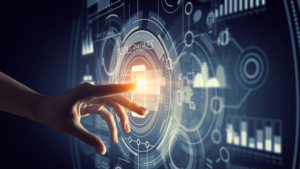 Integration and optimization of different energy sources are key to the profitability of wind farm O&M investments. Collaboration between different energy sources allows for increased efficiency and reduced energy production costs. SCADA systems allow data to be collected from multiple sources such as sensors, meters, loggers, and metering devices and then processed in real time.
Integration and optimization of different energy sources are key to the profitability of wind farm O&M investments. Collaboration between different energy sources allows for increased efficiency and reduced energy production costs. SCADA systems allow data to be collected from multiple sources such as sensors, meters, loggers, and metering devices and then processed in real time.

